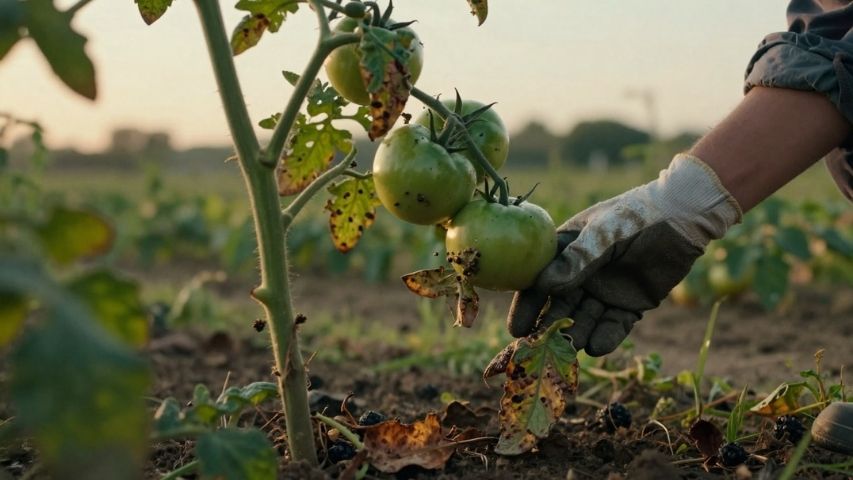Glass is all around us, from the windows in our homes to the screens on our phones. But what does it take to turn this solid material back into a liquid? Knowing the melting point of glass is not just a matter of curiosity. It’s important for glassmakers, manufacturers, and anyone who works with high temperatures.
The answer is not as simple as you might think. Pure metals have fixed melting points, but glass does not melt at just one temperature. Instead, it changes gradually depending on what it’s made of, which makes this topic more complex and interesting than many people expect.
Understanding Glass Composition and Melting Points
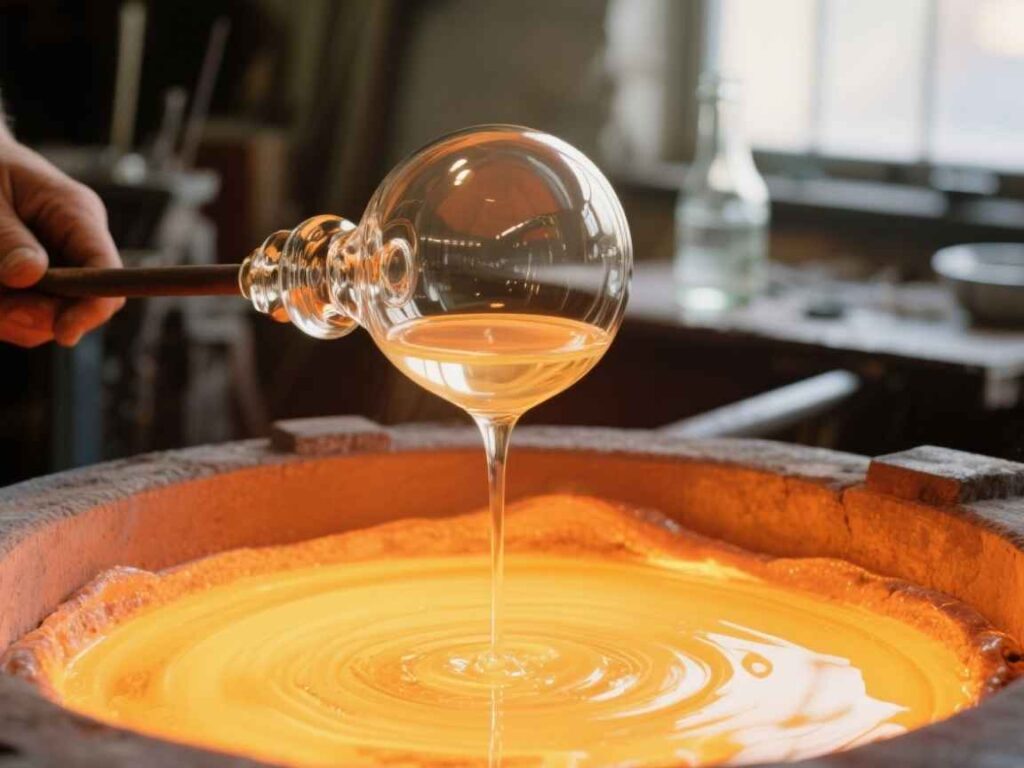
The temperature at which glass melts can vary a lot depending on the materials used to make it. Most common types of glass melt somewhere between 1000°F and 3000°F (538°C to 1649°C), but the exact temperature depends on the specific recipe. (How to Blow Glass, Glass Blowing Techniques, Glass Blowing Temperature, Glass Melting Point, 2025)
Soda-lime glass, which is about 90% of all glass made, usually melts between 2000°F and 2100°F (1093°C to 1149°C). (Soda-Lime Glasses Materials & Formulations, n.d.) It is made from silica sand, sodium carbonate, and lime, and is the type of glass found in windows, bottles, and everyday glassware.
Borosilicate glass melts at a higher temperature, around 3000°F (1649°C). (What is Borosilicate Glass – The Complete Guide 101, n.d.) It contains boron oxide, which helps it resist sudden changes in temperature. This type of glass is often used in lab equipment and high-quality cookware like Pyrex.
Lead crystal glass melts at about 1800°F to 1900°F (982°C to 1038°C). (Melting Point of Glass, n.d.) Adding lead oxide lowers the melting point and makes the glass sparkle more, which is why fine crystal looks so bright.
The Science Behind Glass Melting
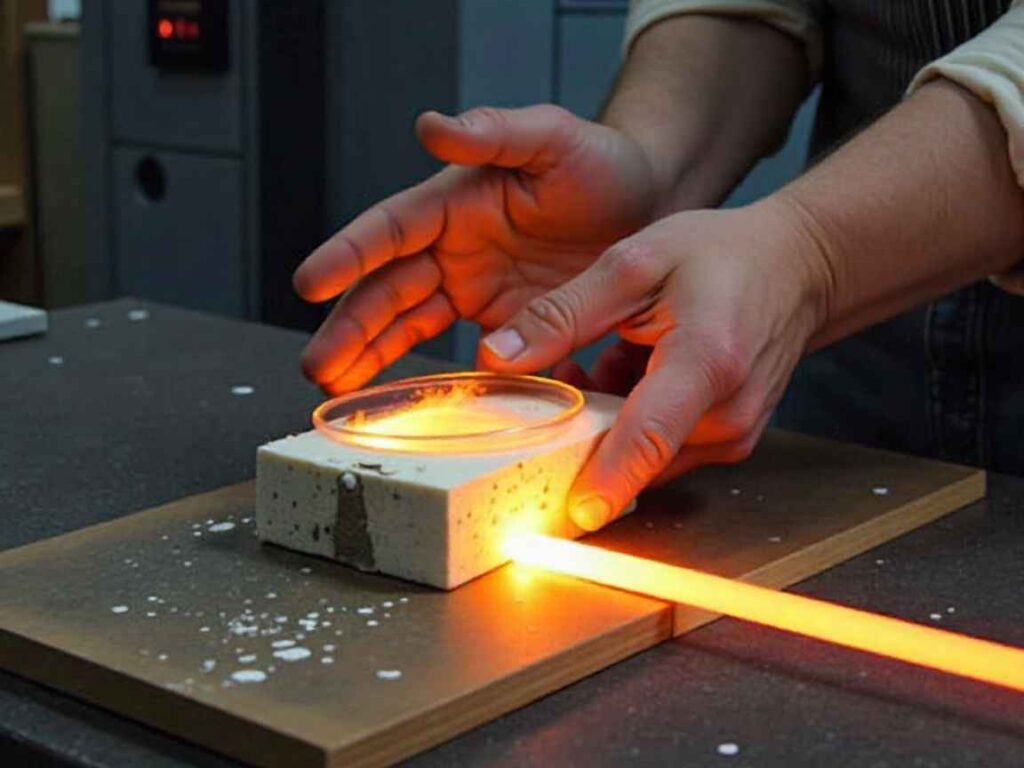
Glass does not actually melt in the usual way. Instead, it goes through something called a vitreous transition, where it slowly softens as it gets hotter. This change happens over a range of temperatures, not at one exact point. At room temperature, glass molecules are locked in an amorphous solid state. As the heat increases, these molecules begin to move more freely. The glass first becomes pliable around 1000°F (538°C), then increasingly fluid as temperatures rise toward its working temperature.
This is a gradual transition. This slow change is why glassworkers can shape glass at different stages of heating. At lower temperatures, they can bend and form it, and at higher temperatures, it becomes liquid enough to pour into molds or spin into fibers. Their Melting Temperatures
Commercial Glass Varieties
Float glass, which is used in most modern windows, melts at about 2000°F (1093°C). (Float glass, n.d.) At this temperature, manufacturers can make big, flat sheets by floating the melted glass on top of molten tin.
Tempered glass melts at the same temperature as regular glass because tempering does not change what it’s made of. However, the stress inside the glass from tempering changes how it reacts to heat.
Laminated glass presents unique challenges since it contains multiple layers with different melting points. The glass layers melt at standard temperatures, while the plastic interlayer (typically PVB) melts at much lower temperatures around 300°F (149°C).
Specialty Glass Applications
Fiber optic glass is made from very pure silica and melts at over 3100°F (1704°C). This high melting point helps the glass keep its optical qualities in different conditions.
Architectural glass often has coatings or treatments that change how it melts. For example, Low-E coatings can burn off at much lower temperatures than the glass itself, usually between 800°F and 1200°F (427°C to 649°C).
Factors That Influence Glass Melting Temperature
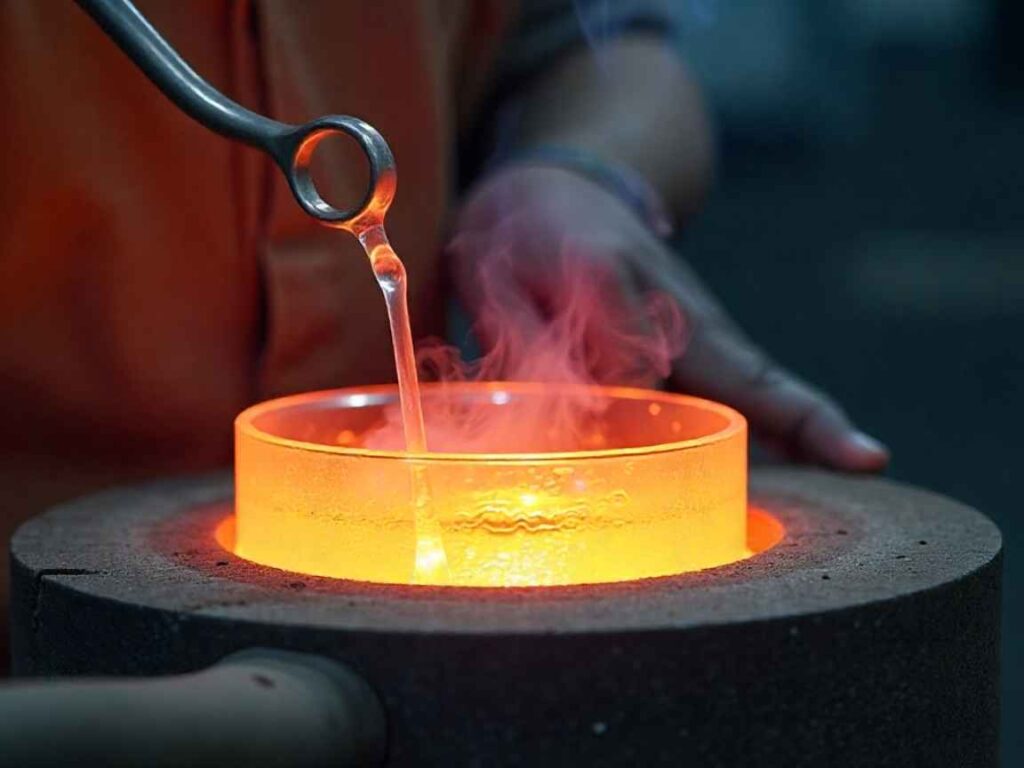
Several variables can significantly impact when and how glass melts. Many factors can affect when and how glass melts: luxury materials like sodium or potassium carbonate lower melting points, while stabilizers like calcium or magnesium can raise them.
How quickly you heat the glass also matters. If you heat it too fast, the glass can crack from thermal shock before it melts. Heating it slowly and steadily helps the glass expand properly and prevents cracks.
Atmospheric conditions also play a role. The air around the glass can also make a difference. Things like oxygen, humidity, and air pressure can change how glass melts, especially in factories where everything needs to be controlled carefully. Thin glass heats more evenly and reaches melting temperature faster than thick pieces, which may develop temperature gradients that cause stress and cracking.
Industrial Applications and Temperature Control
Making glass in factories needs careful temperature control during melting. Industrial furnaces usually run 200°F to 400°F (93°C to 204°C) hotter than the glass’s melting point to make sure everything melts and mixes well. (How Hot Is a Glassblowing Furnace: Temperatures and Safety, n.d.)
To make container glass, factories use special furnaces called regenerative furnaces that can reach 2800°F (1538°C). (Furnace Engineering, n.d.) These furnaces recycle heat to save energy and keep the high temperatures needed for nonstop production.
Making optical glass needs even more accuracy. Even small changes in temperature can affect how the glass works, so factories use advanced systems to watch and control the heat closely. The advantage of lower melting temperatures when cullet (recycled glass) is added to new batches. Recycled glass can reduce furnace temperatures by 50°F to 100°F (10°C to 38°C), saving energy and reducing production costs. (Rethinking the Life-cycle of Architectural Glass, n.d.)
Safety Considerations When Working with Hot Glass
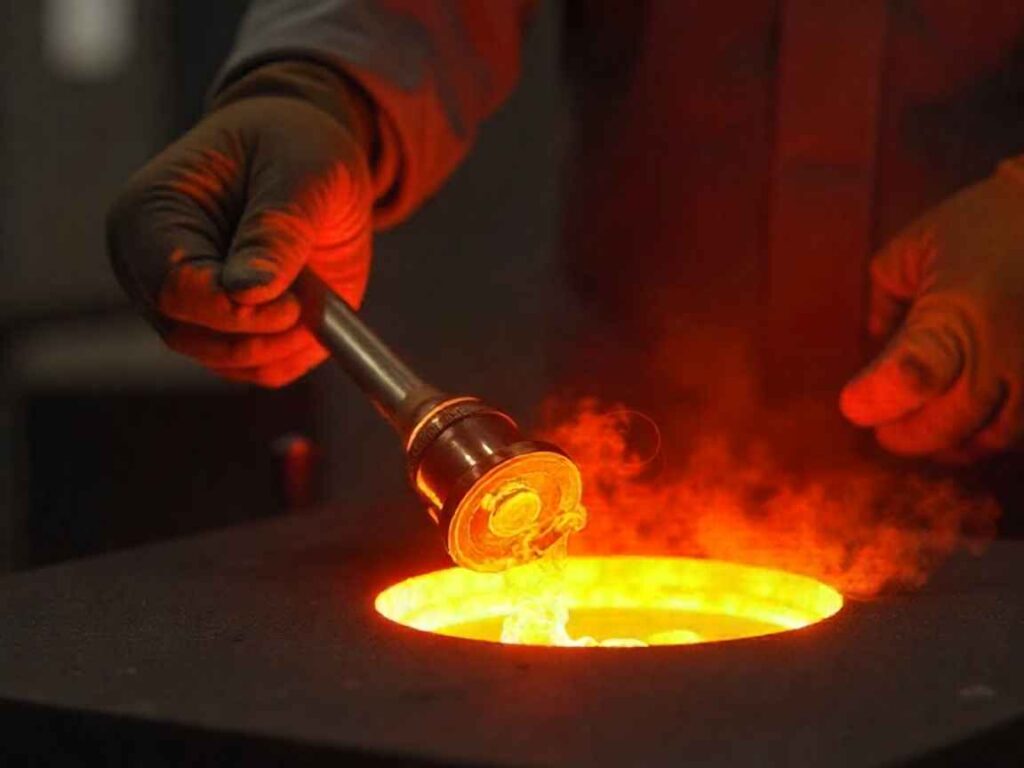
Working with glass at high temperatures is dangerous. Molten glass looks orange or yellow and can cause bad burns, even if it seems to be cooling down.
You must wear protective gear when working near glass melting. Heat-resistant gloves, safety glasses, and special clothing help protect you from burns and splashes.
Ventilation systems may be needed to remove toxic fumes during glass melting. Some types of glass give off lead vapors or other harmful substances, so special exhaust systems are required. (Beerkens & R., n.d.) should be established for glass-related injuries. Glass burns require different treatment than typical burns, and workers should be trained in appropriate first aid techniques.
Making the Most of Glass Temperature Knowledge
Knowing about glass melting temperatures is useful for more than just factories. Artists who work with glass need this information to pick the right glass for their projects and plan how to heat it.
If you need to get rid of glass at home, remember that normal house fires cannot melt glass, so recycling is important. Even very hot house fires usually only reach 1500°F (816°C), which is not enough to melt most glass. (Best Guide: Can Glass Melt in a Fire? Discover Which Flames Can Break Down Glass, 2022)
If you want to try glassworking as a hobby, picking the right type of glass based on its melting temperature can make your project go better. Most beginners start with glass that melts at lower temperatures before moving on to harder materials. Temperature knowledge also proves valuable in emergency situations. Understanding that car windows won’t melt in typical fire scenarios but may shatter from thermal stress can inform evacuation strategies and safety planning.
The world of glass is always changing as researchers create new types with special melting points for different uses. From glass that can handle very high temperatures in space to glass that melts easily for electronics, this old material keeps offering new possibilities.









